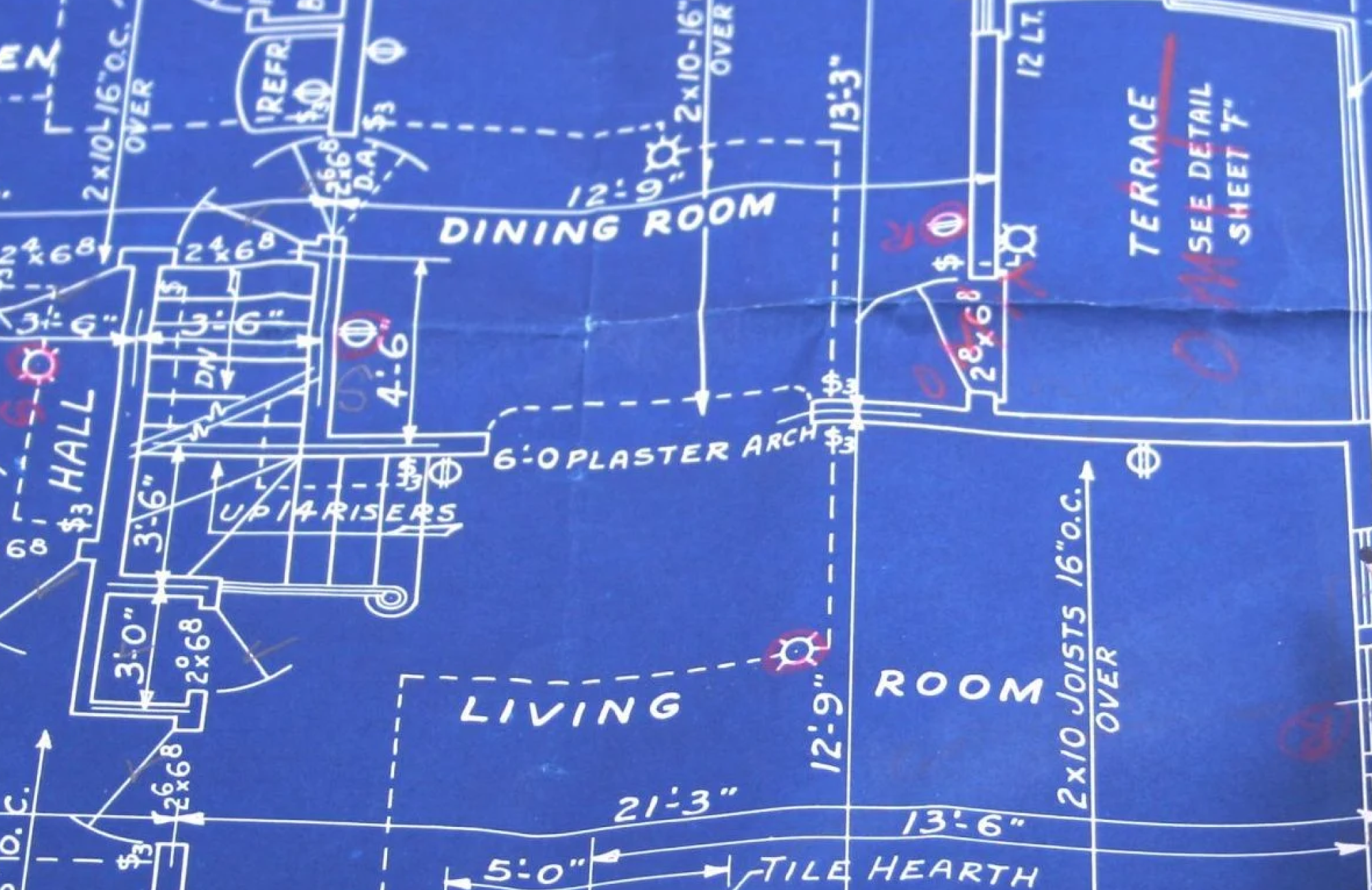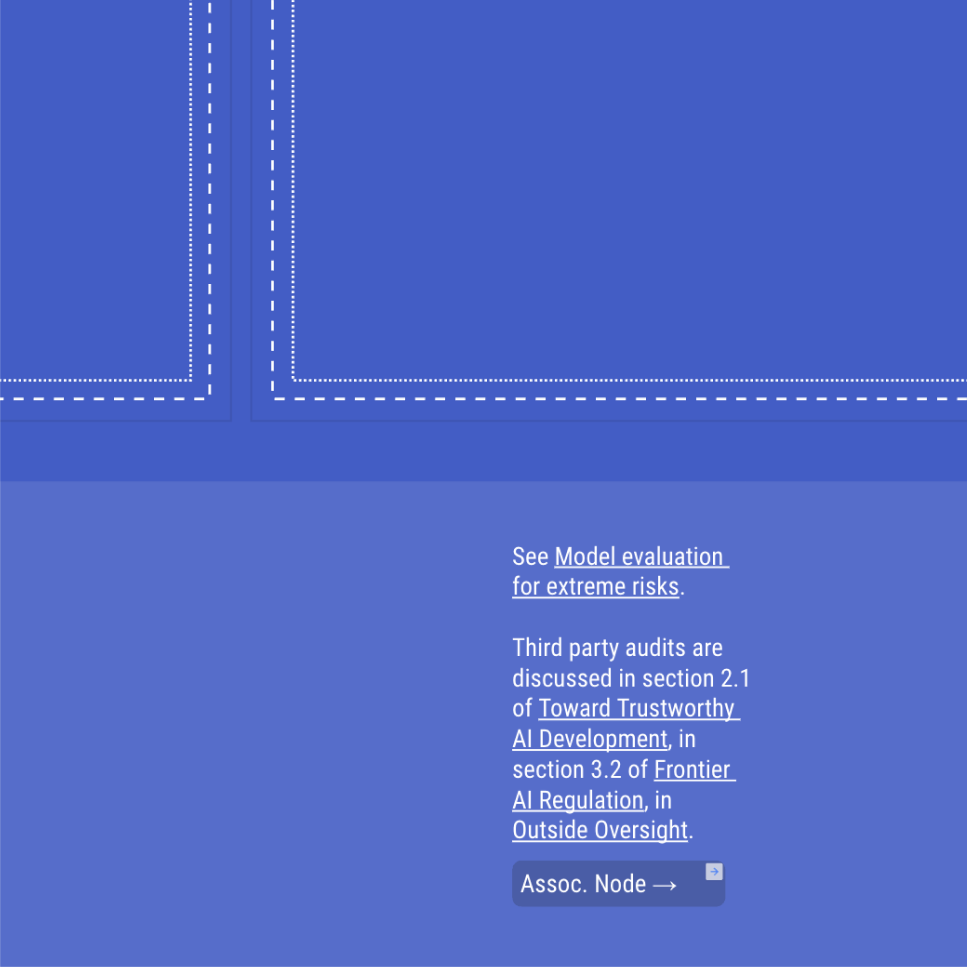

Context
The first half of 2023 was pivotal regarding realizations around AI risk. In March, 1,100+ notable signatories signed an open letter asking all AI labs to immediately pause development for at least 6 months, and if not, that governments should step in. In May, several other AI scientists and notable figures signed another statement on AI extinction. And shortly thereafter, “Frontier AI regulation: Managing emerging risks to public safety” was published: a white paper that joins many proposals for the regulation of AI, authored by a range of 23+ of voices from Google DeepMind, OpenAI, and Centre for the Study of Existential Risk (CSER) at University of Cambridge, among others. That AI poses risks is undeniable, as is the understanding that addressing them would require input from a diverse group of people, including non-experts. However, the nature of the specific solution remains a highly debated topic.
Spearheaded by Shahar Avin, a Senior Research Associate at CSER and a non-lead author of the white paper, the AI Regulation Blueprint is a high level blueprint for domestic regulation of civilian advanced AI models, and Avin’s offering to assist in the discourse. Its goal is twofold: firstly, to clearly map out an otherwise somewhat complicated plan without losing its complexity, and secondly, to make the information accessible enough to invite non-expert users to participate in the conversation.

Objective
The schema is designed to evoke an architect’s blueprint: a symbol that is both authoritative and adaptable. Similarly, the AI blueprint is designed as a high level draft that clearly and visually maps out a well-researched proposal for AI governmental regulation, and that invites open conversation and dispute around the subject.
Output
The final blueprint is a complex data visualization that diagrams several dozen actions, decision junctures, diversions, and barriers, as well as two layers of proposed governance prerequisites and further reading for all of the above. The blueprint encourages contribution by the public in two methods. Viewers of the blueprint can leave a comment directly on it, or use it as a baseline template to fork and built their own.



Process
The design construction of the blueprint presented a compelling challenge. On one hand, conversations around the regulation of AI were moving quickly, and new developments and were being released every week. Speed was of the essence. On the other hand, the technologies required to allow for the essential requirements of the blueprint—namely, that it is open-source and editable—are often slow to construct.
Cotton worked in a short period of weeks to build the blueprint. The team evaluated many preexisting platforms according to their relevance to the project, and ultimately chose Miro as the technology on which to build the blueprint. Miro is a tool designed for rough prototyping, and as such, several design capabilities were lacking. For its construction, the Cotton team hand built an underlying baseline grid both horizontally and vertically, and worked with a limited palette of default styles native to Miro.

Release & Reception
When the blueprint was released, visibility was key. Cotton designed a marketing kit of graphic and motion assets to draw attention. The kit of assets evokes the same palette but relies on a hand-drawn style to lean more into the architect’s blueprint metaphor.

Creative Director
Talia Cotton
Author
Shahar Avin
Designer
Chris Kim
Project Manager
James Macry